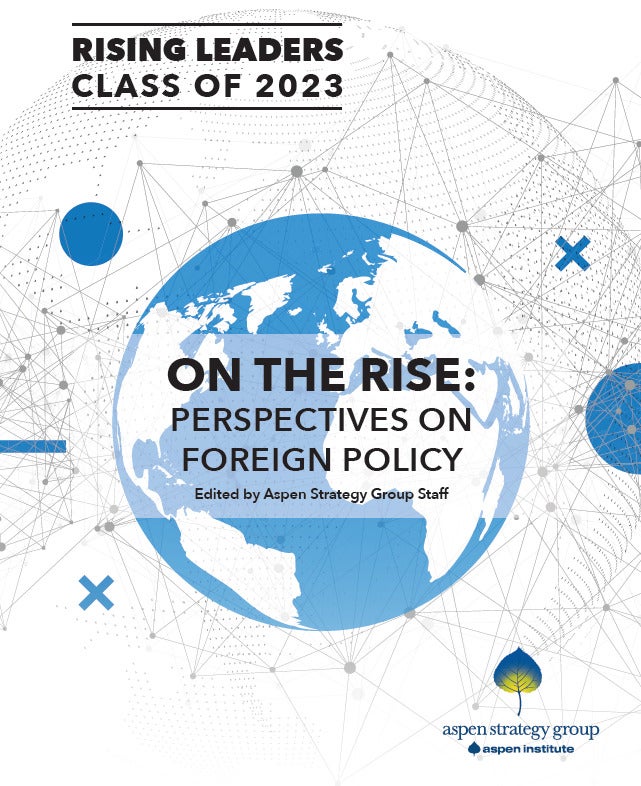More than four decades after the end of the Vietnam War, the United States and Vietnam are addressing the negative consequences of Agent Orange, the dioxin-contaminated herbicide used during the war. In this groundbreaking book, Le Ke Son and Charles R. Bailey outline the moral reasoning for a full American response and present further steps the United States and Vietnam can each take in a joint humanitarian initiative to resolve the legacy of Agent Orange/dioxin in Vietnam. They address the critical issues of how victims of Agent Orange in Vietnam have been affected and what they need, whether dioxin pollution still exists in Vietnam, what needs to be done to finish the job of cleanup, and the impact of Agent Orange on relations between the United States and Vietnam.
Read new essays by the two authors herE.
Download the English version here.
Tải phiên bản tiếng Việt tại đây.
Hardcover, Paperback and Kindle editions are also available on Amazon.
Also available from Barnes & Noble in Hardcover and Paperback.
A comprehensive study of the effects of Agent Orange on Vietnamese victims and the bilateral political attempt to help them.
Between 1961 and 1970, the United States military sprayed more than 10,000-square miles of Vietnam—and more than 5 million acres of farmland—with the herbicide known as Agent Orange in an attempt to destroy crops and generate massive defoliation. Agent Orange contained dioxin, a highly toxic compound, to which as many as 4 million Vietnamese and nearly 3 million American service people were exposed. Debut authors Bailey and Son collaboratively furnish a brief but impressively comprehensive synopsis of the medical and political aftermath of Agent Orange’s use. In the wake of the war, both the U.S. and Vietnam were reluctant to publicly discuss the issue, and Vietnam’s own research on the damage wasn’t declassified until the 2000s, making a joint national effort to remedy the situation all but impossible. That all changed in 2006, however, when U.S. President George W. Bush issued a joint statement with Vietnam’s President Nguyen Minh Triet that included the issue as a talking point, breaking the seal of silence that functioned as a barricade to bilateral cooperation. The authors unflinchingly discuss the extraordinary physical and mental effects of Agent Orange, including lung cancer, diminished mobility, and birth defects, based on the most widely accepted epigenetic and epidemiological studies. They also consider the successes and failures of the binational cooperation to assist the victims. Bailey and Son are remarkably knowledgeable about the subject. The former is a public policy analyst who spearheaded the Ford Foundation’s initiative on Agent Orange, and the latter is a medical doctor and toxicologist who served as the director of the Agent Orange Victims Fund at the Vietnam Red Cross. Collectively, the authors’ breadth is remarkable—they even analyze the attempts to pursue legal action on behalf of the victims. Also, they display admirable intellectual restraint, admitting when appropriate the inconclusiveness of the scientific studies causally linking Agent Orange to specific medical maladies.
A marvelously concise yet thorough rundown of an issue with significant geopolitical ramifications.
“There are no two people more qualified to speak on this subject than Charles Bailey and Dr. Le Ke Son. Their work has changed lives for the better.”
— Christine Todd Whitman, former governor of New Jersey and administrator of the U.S. Environmental Protection Agency
“[T]o address this legacy and to truly put the war behind us… is the right thing to do for Vietnam… and for a full-fledged and mature relationship between our two countries.”
— Ambassador Ton Nu Thi Ninh, former vice chair, Foreign Affairs Committee, National Assembly of Vietnam
“This is a powerful book about all the problems [Son and Bailey] encountered focusing governments on the task and all that is left to do.”
— Pat Schroeder, former member of Congress from Colorado
“[A] must-read for anyone interested in understanding Agent Orange’s complicated legacy and the way these two nations continue to navigate it.”
— Darren Walker, president, Ford Foundation
“This is exactly the book that is needed to advance the conversations surrounding Agent Orange, dioxin and the legacies of the American War in Vietnam…. This book should be read by leaders, policy makers and all students of wars and their legacies.”
— Dr. Edwin A. Martini, author of Agent Orange: History, Science, and the Politics of Uncertainty
From Enemies to Partners: Vietnam, the U.S. and Agent Orange
Le Ke Son & Charles R. Bailey
TABLE OF CONTENTS
INTRODUCTION: The Aftermath of War
ESSAY: How We Got Here and What’s Next
CHAPTER 1. Is There Still Dioxin Pollution in Southern Vietnam?
CHAPTER 2. Who Has Been Exposed to Agent Orange/Dioxin, and How Many Victims of Agent Orange Are There in Vietnam?
CHAPTER 3. Does Dioxin Exposure Lead to Birth Defects and Reproductive Failure?
CHAPTER 4. Has the Forest Ecology Recovered from the Spraying of Agent Orange?
CHAPTER 5. What Do Americans Know about Agent Orange, and How Are They Prepared to Help?
CHAPTER 6. What is Vietnam Doing for the Victims of Agent Orange?
CHAPTER 7. What Has the United States Done So Far?
CHAPTER 8. What Do Agent Orange Victims Need?
CHAPTER 9. Can the Agent Orange Issue Be Resolved through the Courts in the United States or Elsewhere?
CHAPTER 10. How Has the Bilateral Relation on Agent Orange Changed Over Time, and What Is the Situation Today?
EPILOGUE: The Future of Agent Orange
ACKNOWLEDGMENTS
APPENDICES
A1. What Is Dioxin?
A2. Government of Vietnam Recent Scientific Research on Agent Orange/Dioxin 2011–2015
A3. Ford Foundation Grant Recipients Agent Orange/Dioxin in Vietnam Program 2000–2011
A4. Fifty-Five Years of Agent Orange: Timeline of Key Statements, Decisions and Events 1961–2016
NOTES




